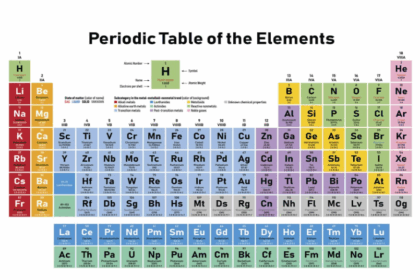
Apple Inc. AAPL 4.48% may post one of its best quarters in its 46-year history on Thursday. But investors will follow Chief Executive Tim Cook’s comments closely for any signs the iPhone maker sees slowing demand among high-end buyers amid high inflation, Covid-19 lockdowns in China and the war in Ukraine.
“We believe this report is more important than usual for overall market sentiment given increased focus on consumer spending and whether higher end consumers might be weakening,” Rod Hall, an analyst at Goldman Sachs Group Inc., told investors in a note this week.
For weeks, analysts have been lowering their expectations for the January-through-March period, on average predicting revenue totaling $94 billion, or 4.9% more than a year earlier, according to FactSet. Earnings per share may rise to $1.42 from $1.40 a year earlier and set a record for Apple’s fiscal second quarter.
Such sales results would be in line with guidance from Apple in January, when the company predicted a record for the March period, though growing at a slower rate compared with the previous quarter—which included the Christmas holiday—when the company marked all-time revenue and profit highs thanks to the latest iPhones, Mac computers and iPad tablets.
A quarter with $94 billion in revenue would rank as Apple’s third-best in history but one of its slowest for growth since the pandemic began more than two years ago. The company has seen double-digit, year-over-year growth each quarter since the launch of the first iPhone with 5G capabilities in October 2020.
Daniel Morgan, a senior portfolio manager who focuses on technology at Synovus Trust Co., which counts Apple among its largest holdings, called supply-chain concerns, Covid-19 and inflation “the Street’s biggest worries” about the current quarter. Bernstein Research analyst Toni Sacconaghi echoed that sentiment in a note this week, predicting solid quarterly results and asking: “But then what?”
Mr. Cook had said he expected the effects of supply-chain challenges to improve in the March period compared with the final three months of 2021, when Apple estimated it lost out on more than $6 billion in sales because of inventory constraints.
But his optimism came before the pandemic flared again in Asia and war erupted in Europe. Apple suppliers in China have been hit this month by stringent government lockdowns aimed at containing the spread of Covid-19. Loup Funds estimates that 85% of Apple’s products are assembled in China while the region accounts for almost 20% of the company’s annual sales.
In January, Chief Financial Officer Luca Maestri cautioned the March quarter would face an unusual year-earlier comparison. iPhone sales were more robust than normal in the 2021 comparable period because pandemic-related delays disrupted the typical fall launch and pushed back those sales. Overall sales a year earlier rose 54%.
Share Your Thoughts
How well is Apple positioned for long-term growth? Join the conversation below.
Analysts expect iPhones sales rose 1% to $48 billion in the past quarter compared with a year earlier. The company no longer discloses unit sales for the smartphone, which makes up about half of Apple’s annual revenue.
Those sales may have benefited from strong demand in China, where the latest iPhones have been resonating with consumers, analysts said. They have attributed some of an expected falloff in iPad sales to Apple giving priority to iPhone production during the period. Sales of the iPad may have dropped 8.3% to $7.15 billion while the Mac computer line is expected to be flat at $9.15 billion.
Amid slowing device sales, digital content sales will likely get more attention. Analysts expect the so-called services segment—which includes iTunes and App Store sales—grew 17% to $19.7 billion in the three months through March.
Mr. Maestri said he expected the company’s so-called services segment to see strong double-digit growth, even as the rate of increase will be smaller than in the December quarter as Apple again faces tougher comparisons from a year earlier when more severe lockdowns were fueling sales for digital content.
Write to Tim Higgins at [email protected]
Copyright ©2022 Dow Jones & Company, Inc. All Rights Reserved. 87990cbe856818d5eddac44c7b1cdeb8








